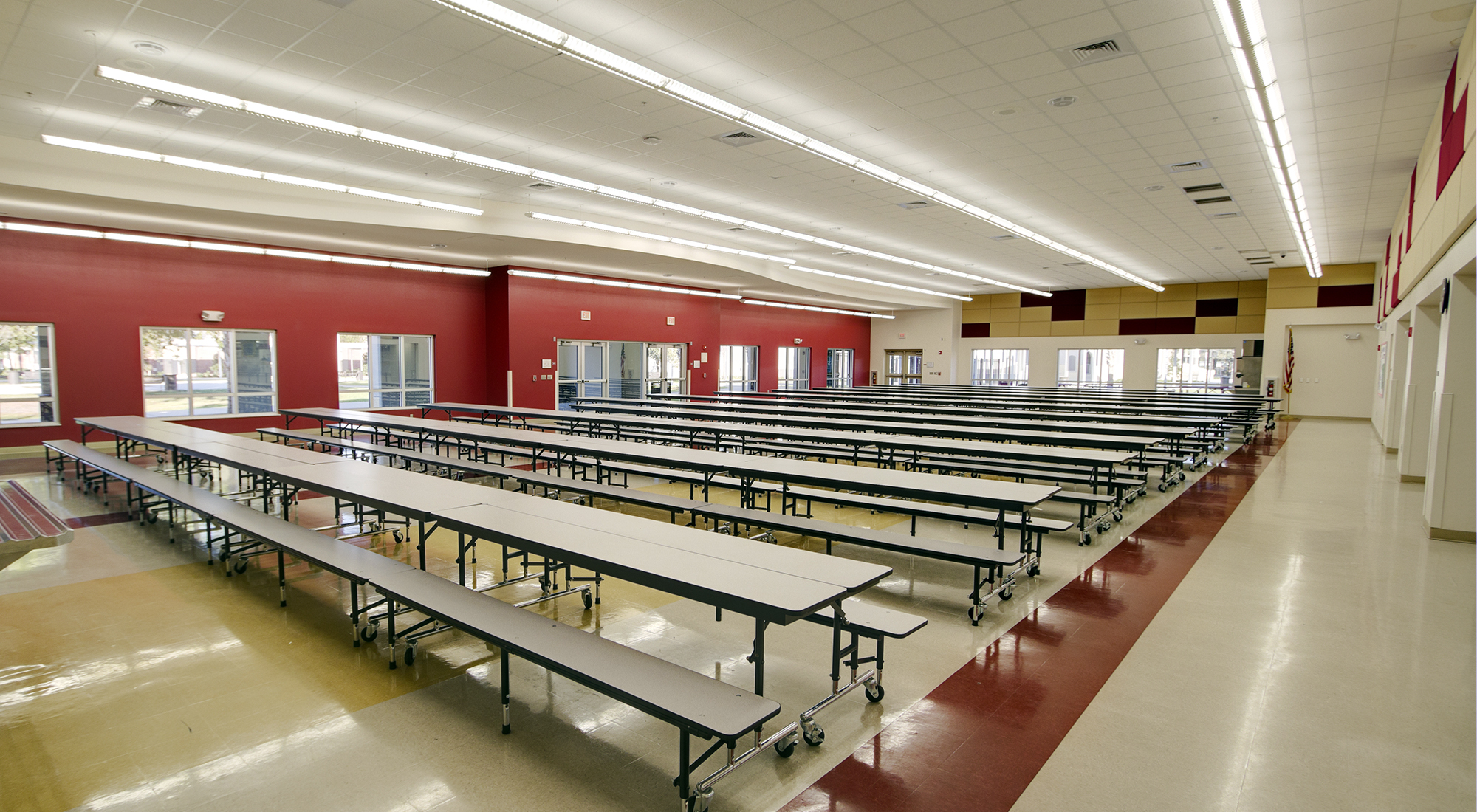Vicki Ekstrom High

Students returning to school this Fall may not think much about the significant amount of energy it takes to keep the lights on and their classroom smartboards operating, but principals, superintendents, and building managers are taking note. According to the EPA, schools nationwide spend $8 billion a year on energy – second only to personnel in K-12 operating budgets.
Using a novel machine learning approach that allows researchers to compare a school’s electricity costs before and after an upgrade, a new study released today shows that energy efficiency improvements lowered electricity consumption on average by 3 percent, reducing power bills and freeing up money for textbooks and other priorities.
However, researchers also found that these schools received on average only 24 percent of the energy savings that were projected before officials invested in the upgrades. Lighting and heating and cooling upgrades delivered the greatest savings—49 and 42 percent of expected savings on a school-by-school basis, respectively.
Beyond the potential for greenhouse gas reductions, many energy efficiency investments are projected to pay for themselves by lowering energy bills. While school districts across the country invest in energy efficiency upgrades, it’s important to note that estimates on the cost savings are overwhelmingly based on imperfect projections, rather than real-world data.
“Accurately measuring energy savings in the field can be challenging,” says Mar Reguant, associate professor of economics at Northwestern University. “But getting these measurements right is important for cash-strapped school districts who need to optimize their investments so that they get the most benefit from their energy efficiency upgrades.”
Additionally, most states have policies that rely heavily on energy efficiency investments to address climate change.
“If society’s dependence on energy efficiency is to result in a real impact on climate change, it is essential that energy efficiency projections live up to their expectations, cost effectively creating actual energy savings, and in turn carbon emission reductions,” says Christopher Knittel, the George P. Shultz Professor of Applied Economics at the MIT Sloan School of Management and director of the Center for Energy and Environmental Policy Research.
Using energy consumption data in fifteen minute increments at all the K-12 schools in the Pacific Gas and Electric service territory in California coupled with the newly devised machine learning approach, researchers could disentangle the impacts of energy efficiency improvements from other factors that may impact electric use.
“Simply comparing a school that invests in a new air conditioner to one that didn’t may mask important differences between schools,” says Fiona Burlig, a postdoctoral scholar at the Energy Policy Institute at the University of Chicago (EPIC). “For example, maybe one school is in a major urban center, while the other is in a rural setting.”
Co-author David Rapson, an associate professor at the University of California, Davis, and co-director of the Davis Energy Economics Program (DEEP), adds, “With the help of our new machine learning method, researchers elsewhere will be able to more easily and cost effectively study the actual energy savings delivered by energy efficiency investments.”
“By providing a better understanding of how precise predictions can be, this study is a step in the right direction to assisting officials in being better prepared to optimize investments in energy efficiency upgrades,” says Catherine Wolfram, the Cora Jane Flood Professor of Business Administration at the University of California, Berkeley, Haas School of Business and faculty director at the Energy Institute at Haas.
This study was a joint effort between The E2e Project and CEEPR. It was made possible thanks to generous support from The Alfred P. Sloan Foundation and the California Public Utilities Commission.
Further Reading:
E2e Working Paper: Machine Learning from Schools about Energy Efficiency


